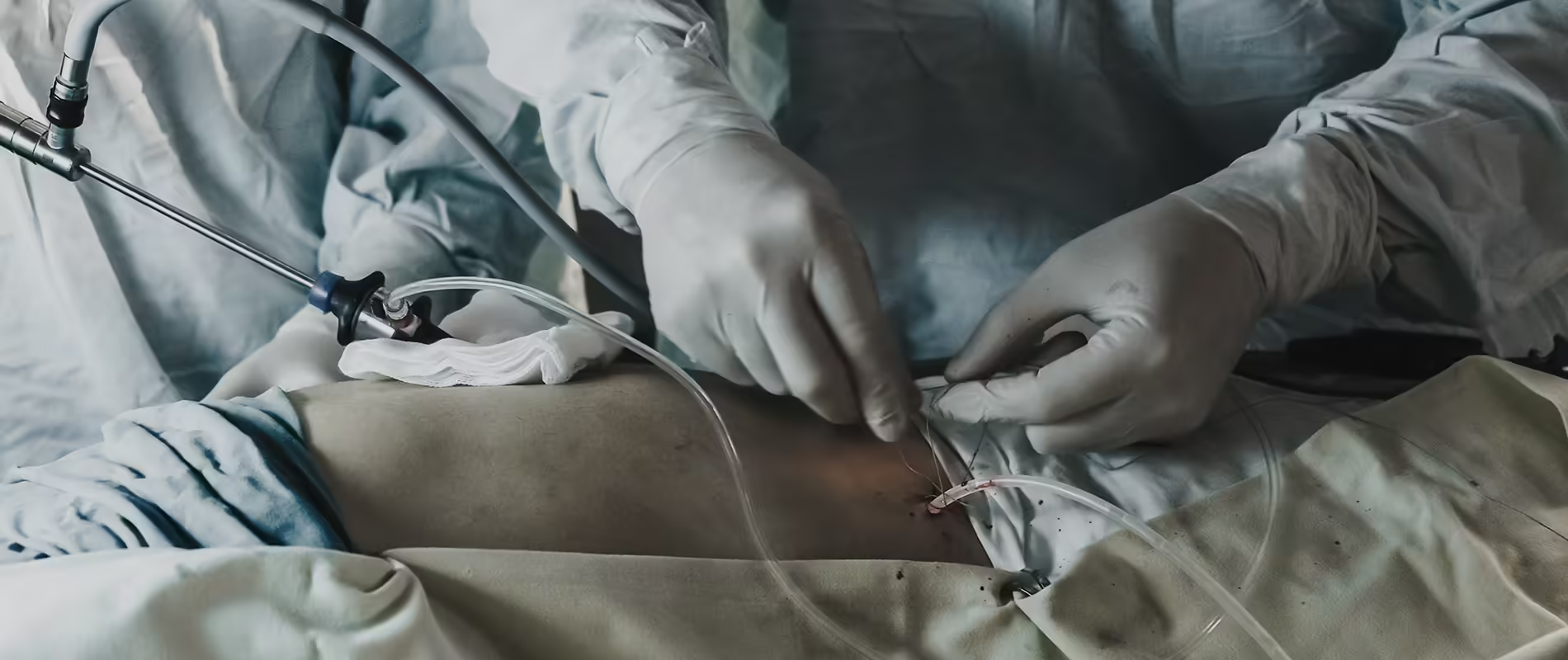
Hysterectomy is a surgery to remove a woman’s uterus or womb. Suppose you have been decided to undergo a hysterectomy by your doctor for whatever reason, it can be due to fibroid uterus, heavy bleeding, endometriosis or any pelvic cancer. In that case, a hysterectomy is usually the mode of treatment.
These are common indications of Hysterectomy
▪ Fibroid uterus
▪ Endometriosis that hasn’t been cured by medicines or surgery.
▪ Uterus prolapse
▪ Abnormal uterus bleeding not responding to medical treatment.
▪ Cancer of the uterus, cervix, or ovaries.
There are 4 types of Hysterectomies that we usually do.
▪ Open Method (Abnormal Hysterectomy)
▪ Vaginal Hysterectomy
▪ Laparoscopic/minimally invasive surgery
▪ Robotic surgery
In an open (abdominal) hysterectomy, we usually give a 15cm cut in the lower part of the abdomen and this is inserted throughout into the abdomen. The uterus is cut from its attachments and removed through the same incision. Because of the larger incision post-operative pain will be more.
The second method is vaginal hysterectomy. In this method, no incisions on the abdomen and uterus are removed through the vagina. But vaginal hysterectomy has some limitations all patients cannot undergo this surgery with the very big uterus and in patients with previous multiple surgeries.
The third method is laparoscopic or minimally invasive surgery. In this method, the abdomen is not opened. Only 3-4 small keyhole incisions 0.2 to 1cm in length are made in the abdomen through which a laparoscope and other specialized instruments are introduced. Surgeons get a magnified view of the organs and the whole abdomen can be visualized clearly. After the procedure uterus is removed vaginally most of the time.
The fourth method is robotic surgery. In this method, the doctor guides a robotic arm to do the surgery through small cuts in your lower abdomen.
Advantages of minimally invasive (laparoscopic) hysterectomy
▪ Because of small key hole incision bleeding is very minimal.
▪ Rate of infection is less.
▪ Post operative pain is very less.
Because of the less discomfort be mobilized fast and can get back to regular routine easily. You will be discharged on the second day of the surgery and you can even get back to your job in a matter of 1-2 weeks.
Even for the next operation any time the chance of post-operative adhesion formation in the internal organs gets stuck together is minimal following a laparoscopic surgery compared to open surgery. Patients benefit from a cosmetically better scan compared to open surgery.





